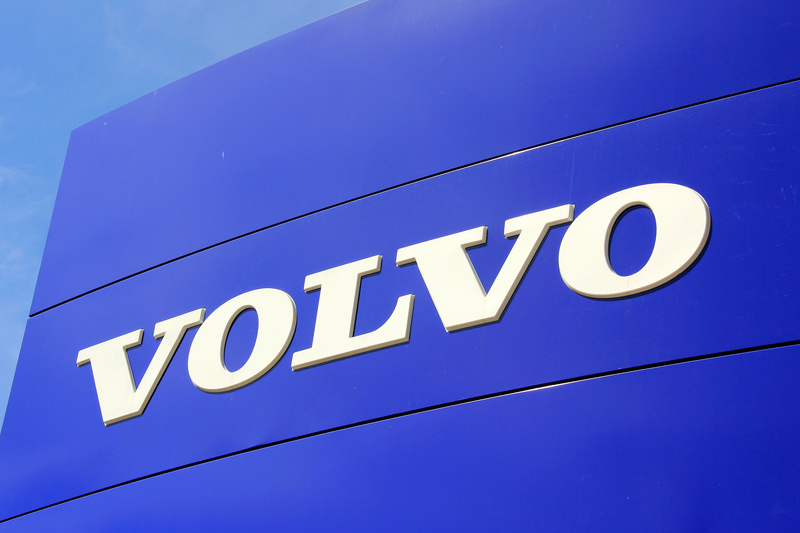Street Calls of the Week
Investing.com -- Volvo Group shares fell more than 8% on Friday after the Swedish truck and construction equipment maker reported a decline in third-quarter profit and projected lower North American truck demand for 2026, overshadowing gains in construction equipment and services.
The Gothenburg-based company said adjusted operating income dropped 17% to SEK 11.7 billion from SEK 14.1 billion a year earlier, while the adjusted operating margin narrowed to 10.6% from 12%.
Reported operating income stood at SEK 12.5 billion, supported by an SEK 811 million gain from the divestment of Volvo Construction Equipment’s stake in China-based SDLG.
Net sales declined 5% to SEK 110.7 billion from SEK 117 billion, though currency-adjusted sales rose 1%. Vehicle sales decreased 1%, while service sales increased 4%, helping offset weaker demand for trucks in North and South America.
Earnings per share fell to SEK 3.71 from SEK 4.93, and income for the period decreased to SEK 7.6 billion from SEK 10.1 billion.
The effective tax rate rose to 37.5% from 25.8%, reflecting the taxable gain from the SDLG sale. Excluding that item, the rate was 23.5%.
Operating cash flow in industrial operations turned negative at SEK 1.7 billion, compared with SEK 3.1 billion a year earlier, due to seasonality and higher investments.
The net financial position weakened to SEK 45.4 billion from SEK 62.9 billion, and return on capital employed fell to 25.2% from 38.3%.
Europe was the only region to record higher sales in the quarter. North America declined 14% to SEK 31.1 billion, South America fell 16% to SEK 12.4 billion, Asia dropped 2% to SEK 12.6 billion, and Africa and Oceania decreased 4% to SEK 7.4 billion.
The truck division, Volvo’s largest business, saw net sales fall 7% to SEK 74.2 billion, with an adjusted operating margin of 9.1%, down from 11.7%. EBIT was SEK 6.8 billion, and order intake fell 14% to 37,134 units, while deliveries dropped 4% to 44,631.
The company cited higher material, manufacturing and tariff costs as factors offsetting lower research and development expenses.
Volvo Construction Equipment reported net sales up 1% to SEK 18.9 billion, or 8% on a currency-adjusted basis.
Adjusted operating income rose to SEK 2.7 billion from SEK 2.6 billion, yielding a 14.4% margin, compared with 13.6% a year earlier. The reported operating income of SEK 3.5 billion included the SDLG gain.
Volvo Buses posted adjusted operating income of SEK 755 million, up from SEK 731 million, as sales adjusted for currency rose 4% to SEK 6 billion, despite a 13% decline in deliveries and a 22% drop in orders.
Volvo Penta, the marine and industrial engine arm, delivered net sales up 7% to SEK 5 billion and operating income up 12% to SEK 934 million, with a margin of 18.6%, compared with 17.7% last year. Order intake climbed 28%, and deliveries increased 16%.
Volvo Financial Services reported adjusted operating income of SEK 1 billion, compared with SEK 992 million a year earlier, supported by a 4% currency-adjusted increase in its credit portfolio.
At the end of September, the company employed 100,177 people, down from 103,201 in June, following the SDLG divestment.
Jefferies analysts said the third quarter was about 3% above consensus, driven by 4% growth in services and a 35% beat in construction equipment, while trucks were 10% below consensus.
The brokerage described Volvo’s 2026 outlook as mixed, with North American retail demand forecast at 250,000 trucks versus 265,000 in 2025, and European volumes at 295,000, up 2% year over year.
Builds are tracking to 240,000 units in 2025, with inventories at 79,000 in September, down from 94,000 in June, which Jefferies said could normalize to about 60,000 by year-end.
Brazilian volumes are expected at 75,000, down from 85,000 in 2025, and growth in both North America and Europe is expected to be back-end loaded in 2026, Jefferies said.
